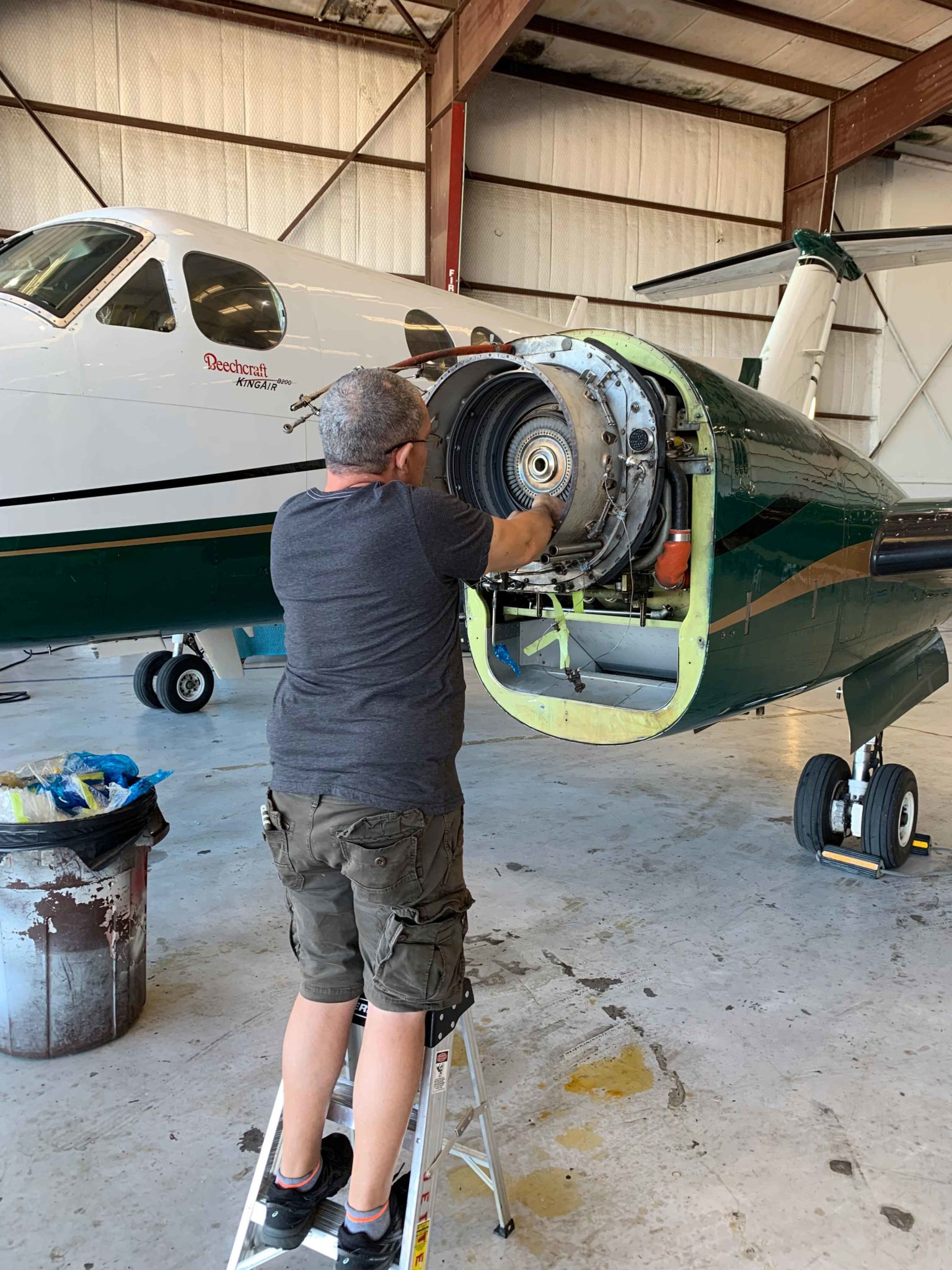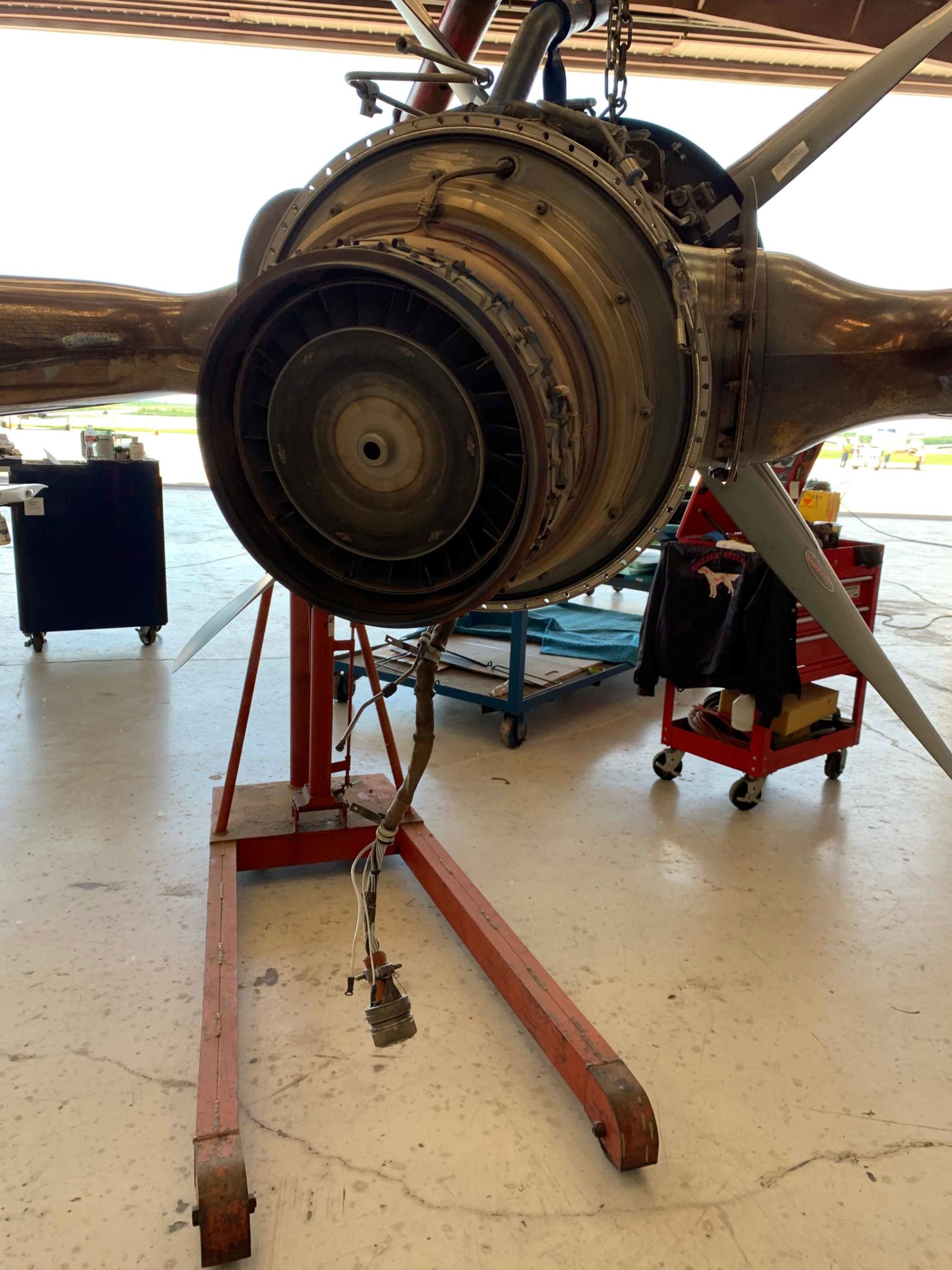Few turbo-prop engines are as universally dependable as Pratt and Whitney’s PT6. With the proper care, it’s kept several illustrious aircraft families in the sky, the most prominent being the Beechcraft King Air dynasty, which has outsold all its competitors combined. Its reliability is the stuff of legends, helping ensure the US Navy and Air Force’s aerial superiority for over 50 years, a B90 even serving as Air Force One during President Lyndon Johnson’s tenure.
The key behind such longevity is scheduled upkeep and maintenance, one of the most critical components requiring attention being the PT6’s fuel nozzle. Regular servicing of turbines is essential when it comes to cradling you safely in the heavens, with an honorable mention to preserving the padding in your wallet. A clean nozzle can make all the difference between $300 and ten-grand, a safe flight and tragedy.
While bore inspections, vibration analyses, and other regular conservation techniques are important for your airplane’s health, cleaning the fuel nozzle during a hot section inspection is probably one of the most basic yet cost-effective methods of preserving an engine’s life.
Preliminary Examination
The opening step for the initial review is to explore the nozzle tip, sheath, and/or adapter. Inspection of the components’ part numbers to confirm they’re the right fit for the job at hand cannot be undervalued. Connecting incorrect pieces can be expensive, not to mention hazardous. Because of their resemblances, however, substandard technicians have been known to unite the wrong apparatuses. Verifying that parts go together is key before any cleanup.
Next, make sure the fuel nozzle section – its various fixtures and surrounding links – are not damaged or require replacement. Tidying something that’s already broken is a waste of time and could be fatal. Leak checks, flow checks, and all other assessments are crucial. Thankfully, JSA has a vast assortment of substitutes for PT6’s at affordable rates.
Cleaning
Now for the primary dish: Cleaning the PT6’s fuel nozzle. The appropriate method is outlined in your engine’s maintenance manual, nevertheless, should always be done by a professional.
Since contact with human salts and oils causes damage, wearing gloves, in addition to proper eye-safety gear, is necessary. A small-sized ultrasonic cleaner is also recommended for the process, focusing on one nozzle at a time. This procedure can be tedious and difficult because these function at a microscopic level and requires special care – but should never be rushed. It may also be repeated to guarantee fuel nozzles are as sterile as new. Maintenance experts prescribe the nozzle be cleaned twice or more until satisfied.
When completed, another round of leak and flow checks are performed on the adapter assembly, nozzle tips, and lock tabs. If working as expected, there’s no need for substitutions and it’s time to continue.

Sheath Examination
Finally, the last thing tested is the nozzle sheaths by gauging their thickness. The minimum dome width required by most sheaths is .040 micrometers. The wear level as the sheath and combustion liner come in contact should be .010.
This measurement may vary from model to engine so always consult the maintenance manual.

Scheduling Future Cleaning
Fuel nozzle cleaning is something that must be repeated regularly to save you money and increase operational capacity. JSA keeps tabs on these planned visits by booking appointments for your craft’s regular checkups for you.
Email us at jetset@jsamiami.com or call 305-825-2001 for more information on how we help maintain fuel nozzles and various other components for your aircraft.
Archives
- April 2025
- March 2025
- February 2025
- January 2025
- December 2024
- November 2024
- October 2024
- September 2024
- August 2024
- July 2024
- June 2024
- May 2024
- April 2024
- February 2024
- January 2024
- November 2023
- October 2023
- September 2023
- August 2023
- July 2023
- May 2023
- April 2023
- March 2023
- February 2023
- April 2022
- March 2022
- February 2022
- April 2020
- March 2020
- February 2020
- January 2020
- November 2019
- October 2019
- September 2019
- July 2019
- June 2019
- March 2019
- January 2019
- December 2018
- November 2018
- October 2018
- September 2018
- July 2018
- June 2018
- May 2018
- November 2014
- October 2014
- August 2014
- July 2014
- June 2014
- May 2014
- April 2014
- March 2014
- February 2014
- January 2014
- December 2013
- November 2013
- October 2013
- January 2013
- June 2010
- May 2010


